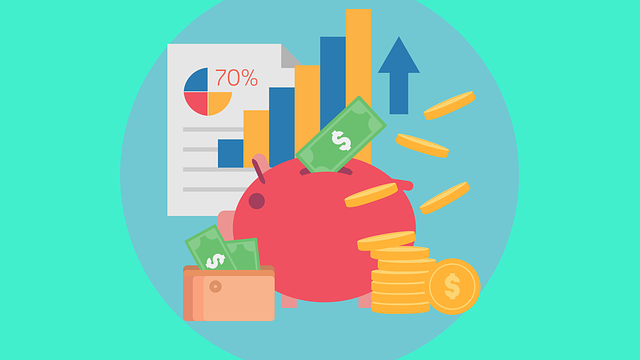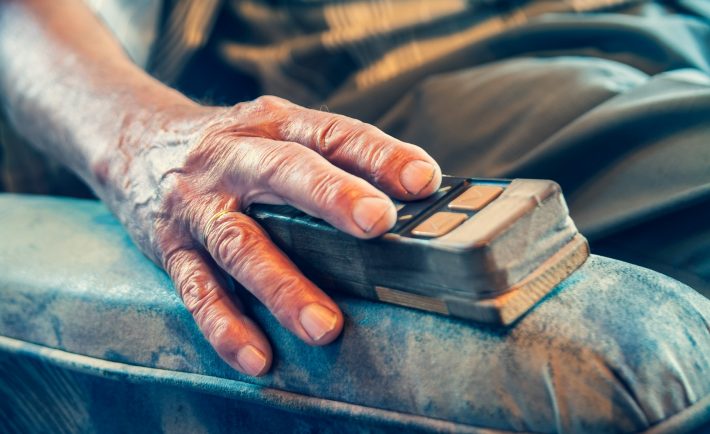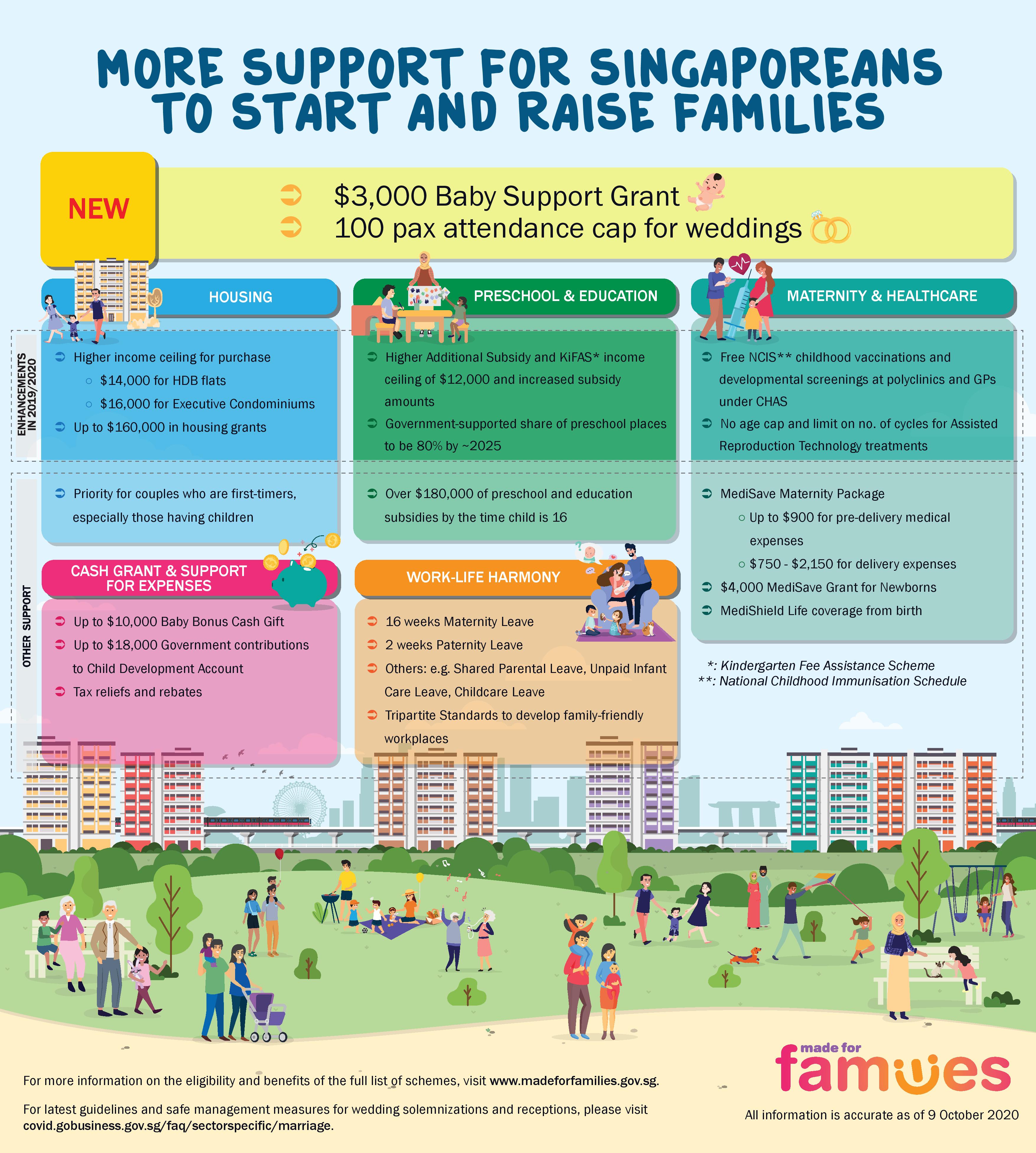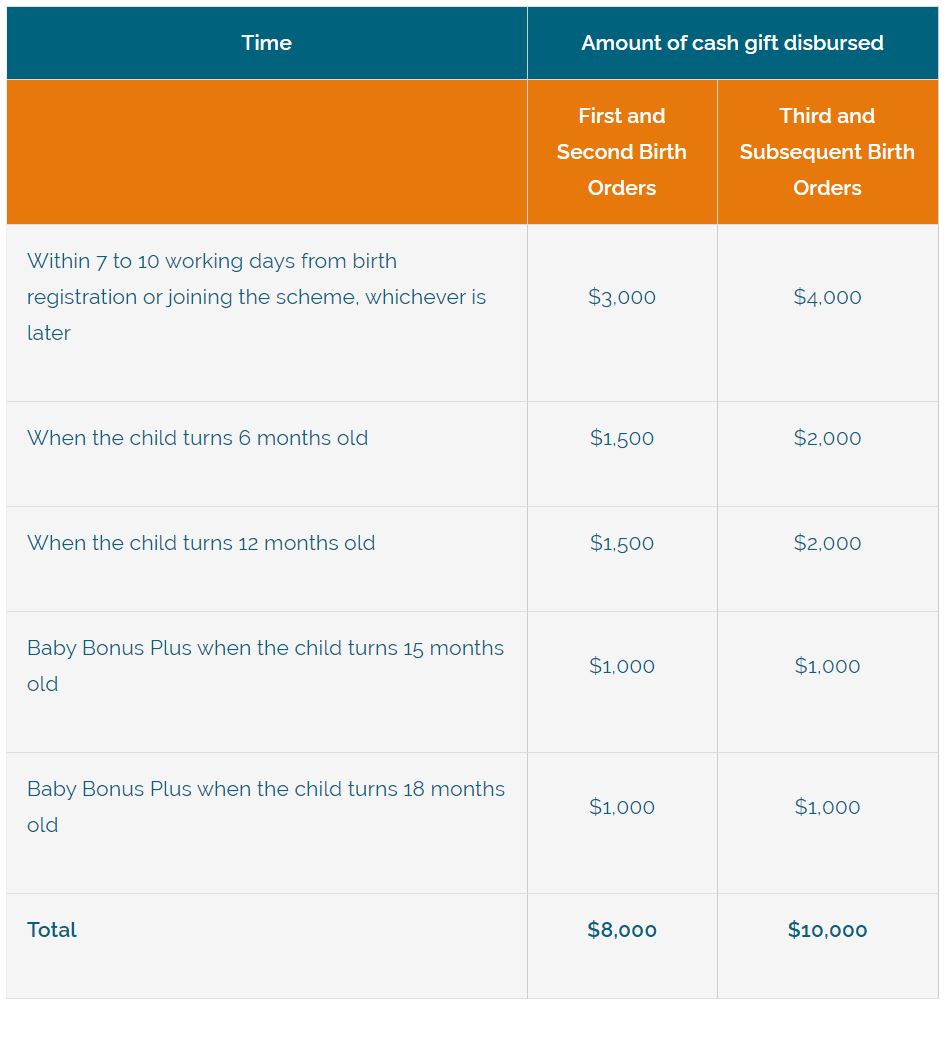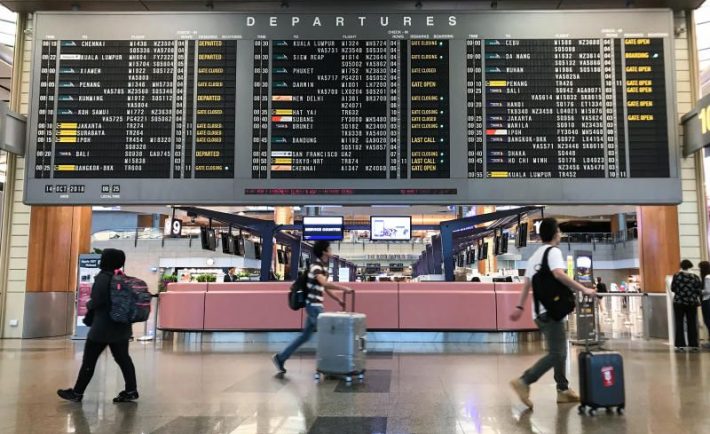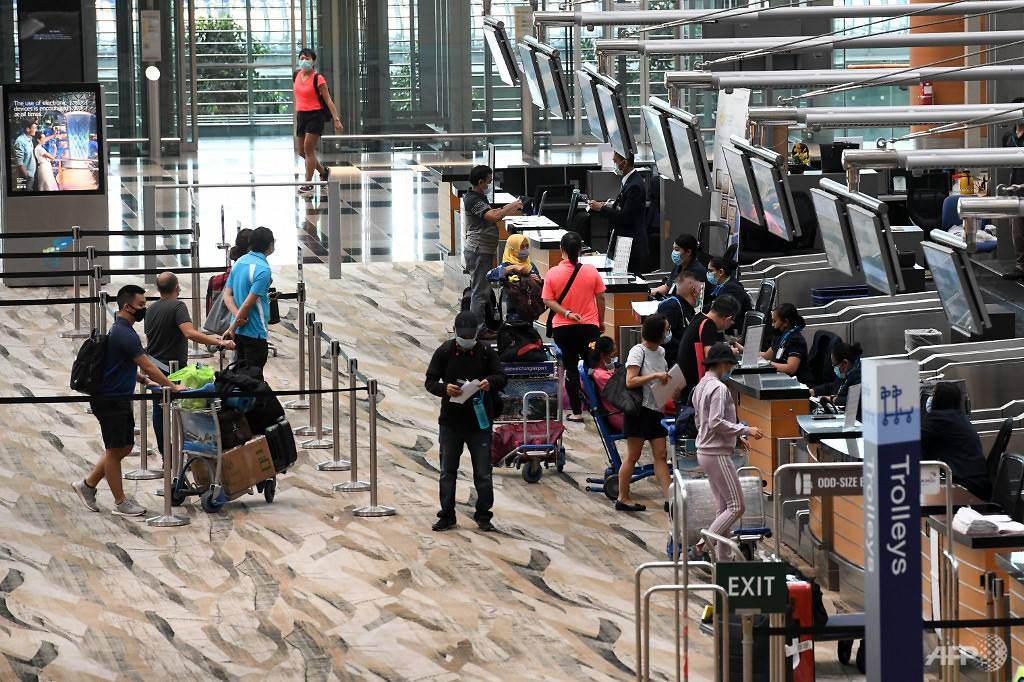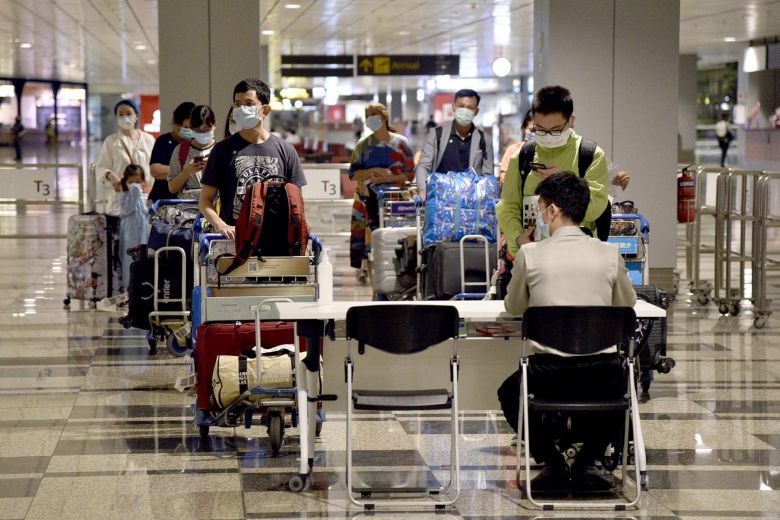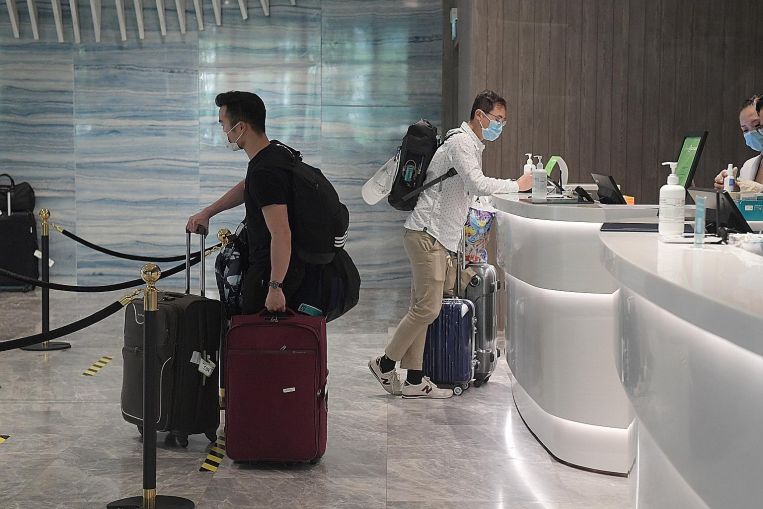Have you ever experienced going into a shopping mall or an online shop with a list in mind, and ended up buying more? Whether you shopped with an empty stomach or got entangled with several marketing strategies, stores can employ tricks to make you spend more. It is best to increase your awareness on the subtle, psychological, and clever marketing traps to help you save more money on your next bill.
On that note, here are 8 Shopping Traps That Make You Spend More:
#1: CHILDREN’S OPINION
As the Yuletide season approaches, many stores offered colorful options for children. Children have a strong influence on what goes inside the carts. Supermarkets purposely place cereals, toys, and sugary treats at a kid-friendly level. Avoid giving in to your child’s desires by leaving him or her at home when you are grocery shopping.
#2: VICTIMS OF FREE SHIPPING
The truth is, free shipping is not “free”. Retailers have already factored in the shipping costs before they release their prices. It is easy to be lured with “free shipping”, especially when you are purchasing several items online. You just have to pay an extra S$5 to S$10 on an item just to get the free shipping option. This ensures that you end up buying more than what you expect.
#3: HIDDEN NECESSITIES
Daily necessities such as dairy, bread, eggs, etc. are placed at the back of the store and far away from each other so you will be encouraged to travel the whole store to get it. Once you have travelled, you probably got more that what you initially needed. Consider going straight to the back of the store and keep your shopping list on hand.
#4: LURED BY THE NUMBERS GAME
Retailers are smart! Instead of putting a price of S$5 on a product, they will put an irregular price of S$4.99 or S$4.96 to make you think that you have scored a better deal. What’s more? They will also add the illusion of saving more money by buying more of their products. These seemingly small details actually work.
#5: ATTRACTIVE SALES
When you see the word “sale” advertised in a physical or an online store, you automatically think that you are getting a better deal. This may not always be the case. Just because something is on sale, does not mean that you have to buy it. Purchasing sale items overtime can get you on a trail of consistent overspending.
Sale traps include: “receive a free give when you spend…” and “buy 1, get 1 free”. The former may be giving away free items that the store could not sell. While, the latter is only useful for essential items such as food and toiletries.
#6: ENTICED BY THE AROMA
Imagine the smell of baked breads mixed with the fresh smell of flowers. Very attractive, right? This is why newly baked goods and fresh flowers are placed near the front door. The goodness of smell will surely make you feel hungry and keep your mood up!
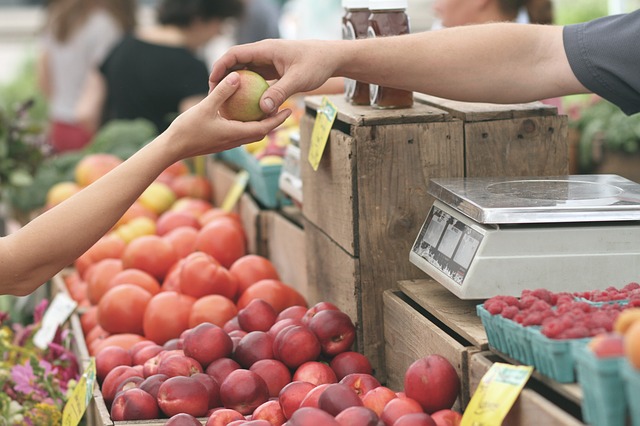
Image Credits: pixabay.com
#7: RIGHT DAY TO SHOP
Interestingly, there is a “right” day to shop. Prices seem lower than usual during Tuesday and Wednesday. Moreover, you can get better discounts in the month of November. This month is so close to the Yuletide and year-end sales. You can also score good deals on January as retailers are trying to clear their stocks.
#8: RIGHT SIDE TO SHOP
Many grocery stores place popular items on the right side of the shelves to move shoppers from the left to the right. This is because all items throughout the store are strategically placed to follow the right path. Are you really saving more money by moving from left to right? Keep that in mind!




